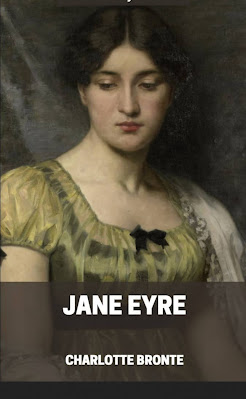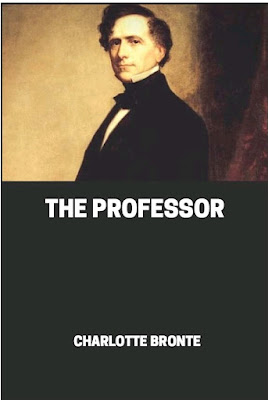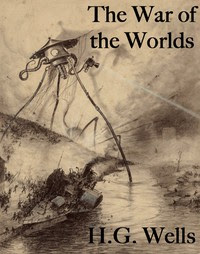The Murder of Roger Ackroyd (1926)
by Agatha Christie
The Murder of Roger Ackroyd is a work of detective fiction by British writer Agatha Christie, first published in the UK in June 1926 by William Collins, Sons, and in the US by Dodd, Mead and Company. The book is the third of thirty-three full-length novels featuring her detective Hercule Poirot.
About the Author
Dame Agatha Mary Clarissa Christie, Lady Mallowan, DBE (née Miller; 15 September 1890 – 12 January 1976) was an English writer known for her 66 detective novels and 14 short story collections, particularly those revolving around fictional detectives Hercule Poirot and Miss Marple. She also wrote the world's longest-running play, The Mousetrap, which has been performed in the West End since 1952, as well as six novels under the pseudonym Mary Westmacott. In 1971, she was made a Dame (DBE) for her contributions to literature. Guinness World Records lists Christie as the best-selling fiction writer of all time, her novels having sold more than two billion copies. WikipediaBuy Agatha Christie Books at Amazon
The PDF might take a minute to load. Or, click to download PDF.
If your Web browser is not configured to display PDF files. No worries, just click here to download the PDF file.


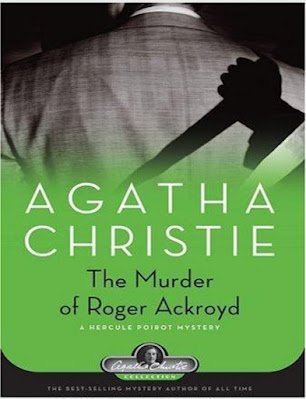
.jpg)
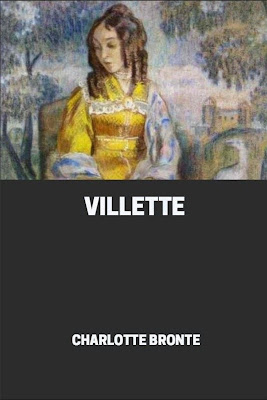
.jpg)
